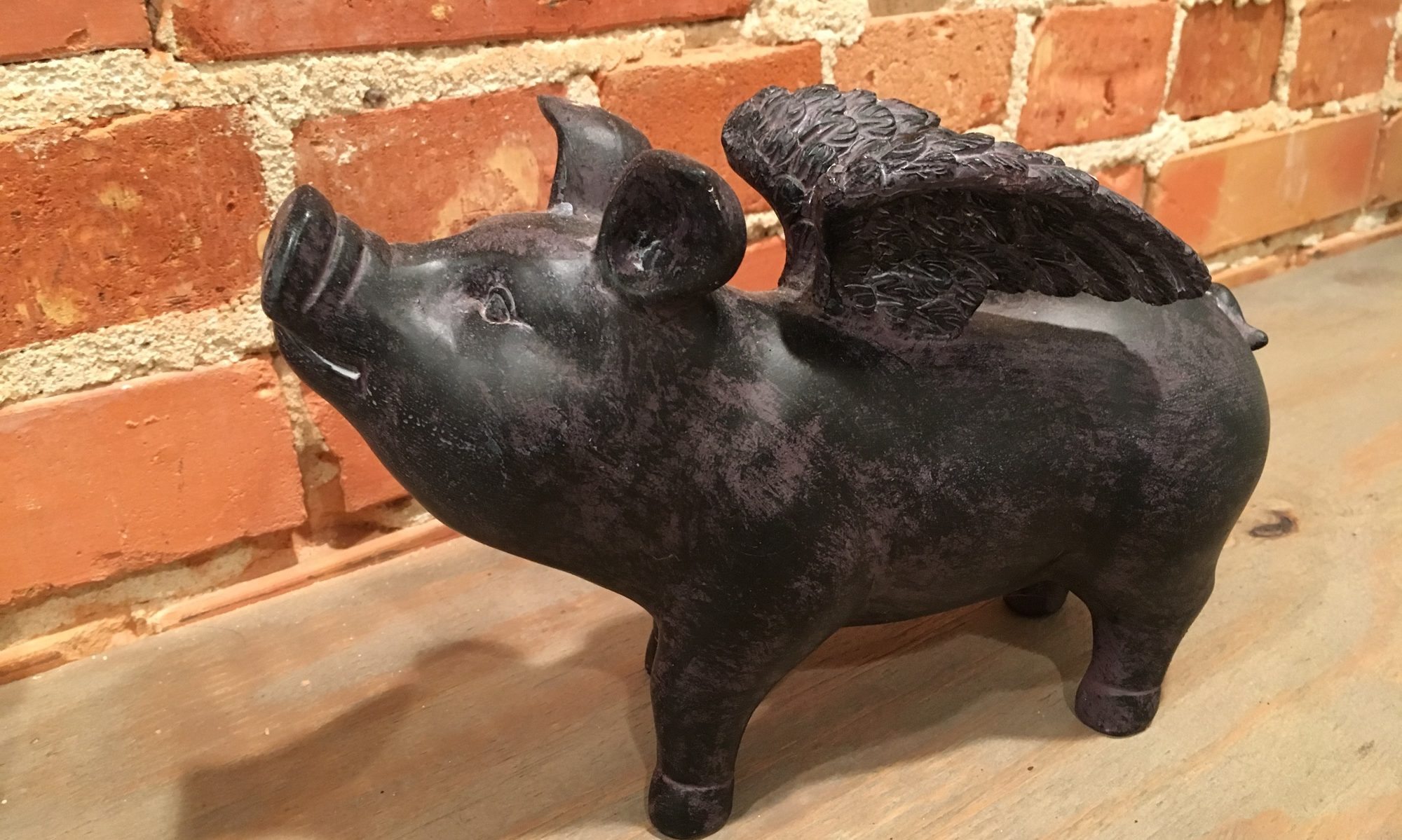The second week was different right from the start. The first thing Mr. Rob had us doing was covering, which is a simple process. First, apply many coats of glue to wherever the fabric is going to touch on your piece, second, lay your piece on a large rectangle of fabric then trace and cut. The last step, ironing is both the worst step and the best step. Let me explain, when you iron this special fabric, it shrinks. Now, believe me, I love it when a plan comes together. Shrinking the top and bottom of the elevator/aileron/tail feather/wing is immensely rewarding and one of the funniest things to do while building an airplane. However, shrinking the sides of the fabric, the part touching the tube and glue, might be the worst step of building the airplane. you have to fix all the mistakes you made while applying the fabric. All in all, covering is an enjoyable rung in the ladder that makes up building an airplane. As long as you have a nice breeze to let out the noxious fumes the glue pervades.
After covering a few plane parts, me and Mr. Rob built the flaps and the ailerons. This was very enjoyable because I was able to listen to Mr. Rob, who had done everything under the sun and stares, singing along to James Taylor’s songs. Like I stated in my previous post, Mr. Rob was a great host and always kept us entertained. But I digress, the flaps, which are eight feet long, have two hundred ninety four rivets each. The only crummy part about the flaps and ailerons was deburring . The process is as follows, put the pieces together( a little less than twenty pieces for the flaps and around fifteen for the ailerons). Cleco half of the predrilled holes with small clecos. Then, drill the other half of the holes. Afterwards, put the big clecos in the holes you just drilled. Next, unclico the small clicos and drill their holes. Then, take everything apart and debur all two hundred ninety four rivet holes. You can then put every thing back together for the last time, yay, because, the next step is to put a few clecos in and rivet the flap pieces into one piece. For those of you who don’t know, a cleco is a small cylinderesk tool that is used as a non permanent way to put soothing in a hole to keep two or more pieces together. To say the least, my clecoing and unclecoing speed drastically improved from the first day to the last. Even though I was faster than before, Mr. Rob, who was building his sixth Just SuperSTOL, smoked me every time there was a contest.
